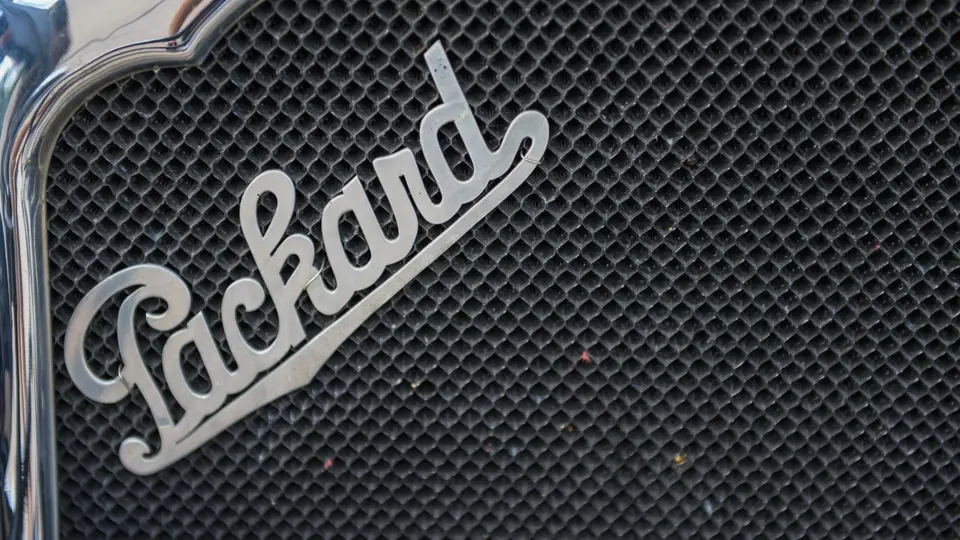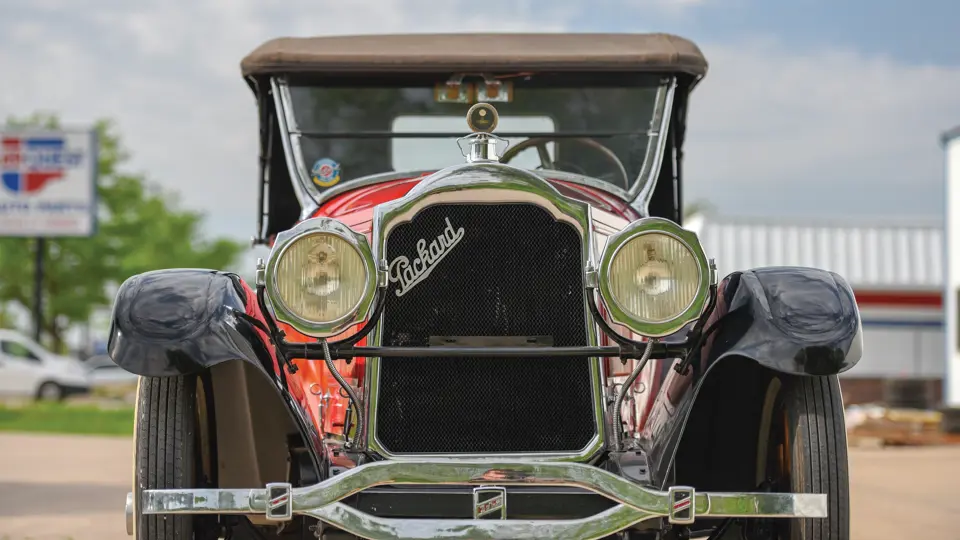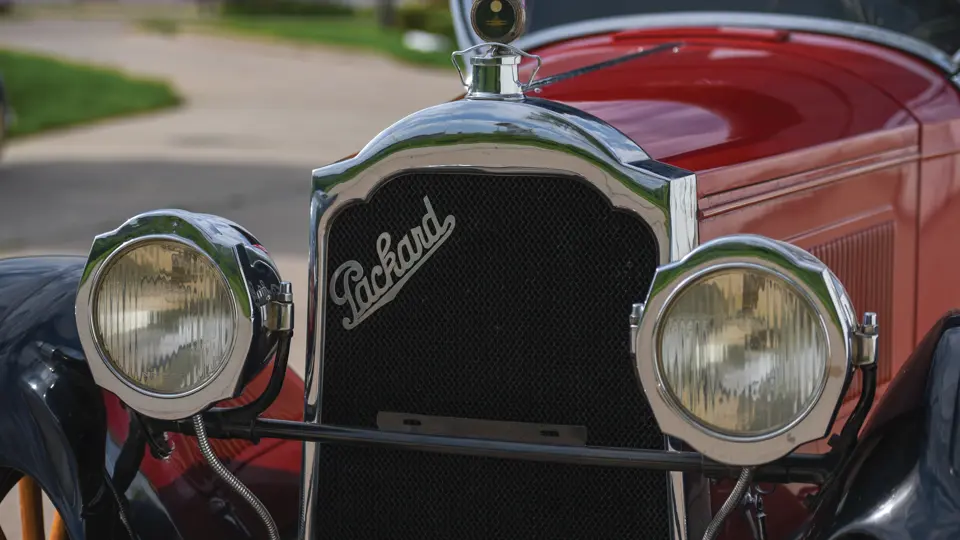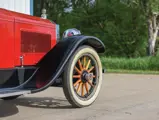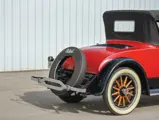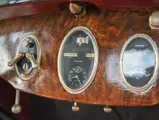Packard’s Single Six, introduced in April 1922, continued into 1923 with few changes. The engine was the 268-cubic-inch L-head that had been stroked a half-inch from its 1921 form. Two wheelbases were offered, 126 and 133 inches, the former for coupes, runabouts, and close-coupled sedans. Longer bodies like seven-passenger sedans and tourers had the 133-inch chassis. The former Light Six had been discontinued with the debut of the Single Six.
The Body Style 233, as Packard called its roadster, was one of three open bodies available, the others being a five-passenger touring and a seven-passenger touring. The Runabout was listed as a two-passenger vehicle; no rumble seat was offered.
Acquired by the Merrick Auto Museum in 1997, the car’s previous owners include Steve Morgan of Kokomo, Indiana. It is painted brilliant red with black fenders, pinstriped in white. There is a black canvas top, red pleated leather seat, and matching door panels. The wood artillery wheels have varnished spokes and are fitted with 33 × 4½ wide whitewall tires. The hubcaps, of course, bear the red Packard hexagon. The engine compartment is sanitary and correctly appointed, without being excessively detailed. The instrument panel is burled walnut and includes an ammeter and oil-pressure gauge, as well as a drum speedometer with associated clock. Coolant temperature is monitored with a MotoMeter, and the fuel gauge is in the rear on the tank.
The Single Six Packard sold well in 1923, more than 26,000 cars, which represented a significant increase over the previous year. This car proudly demonstrates why.
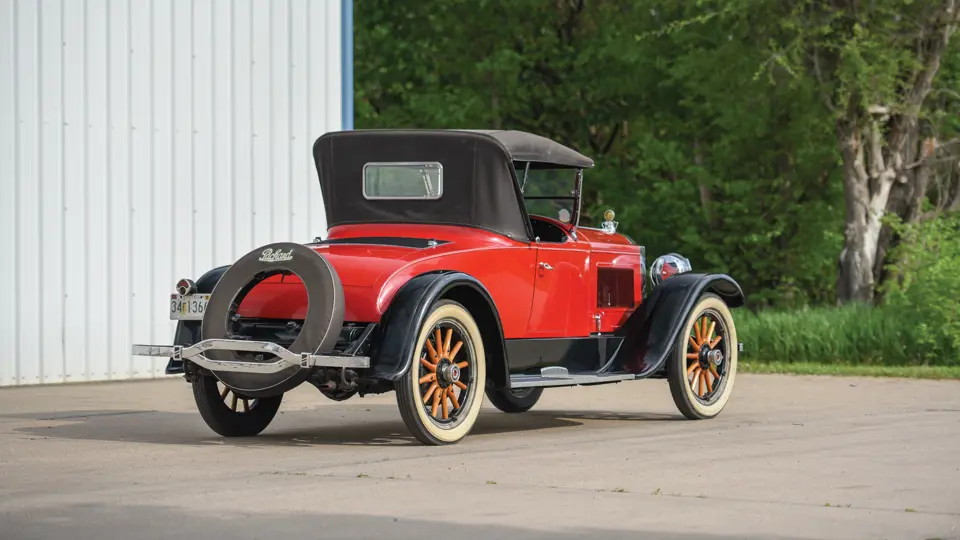



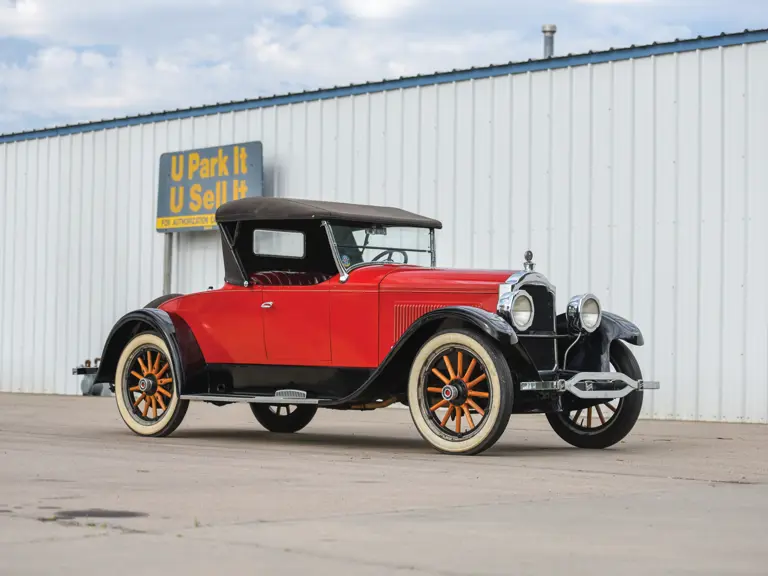
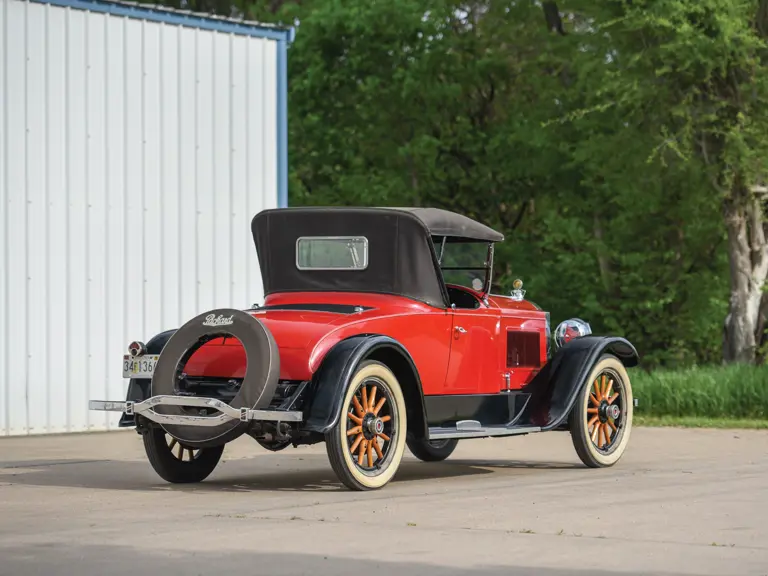
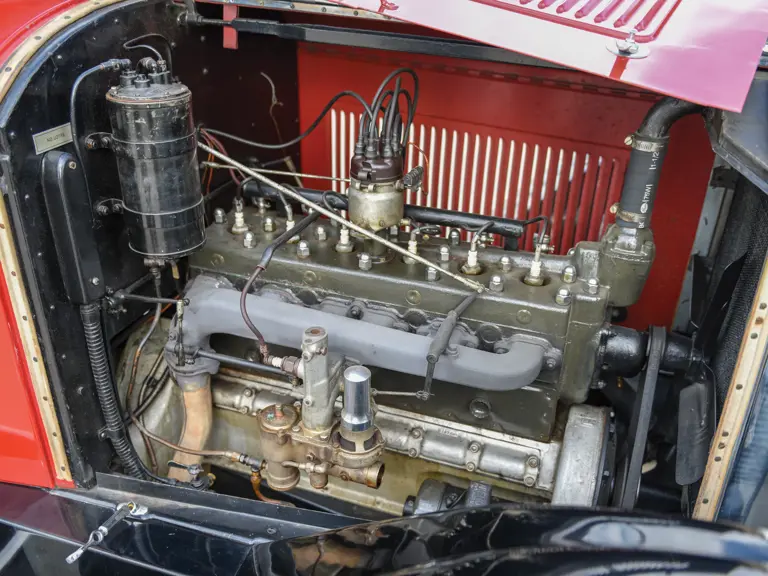
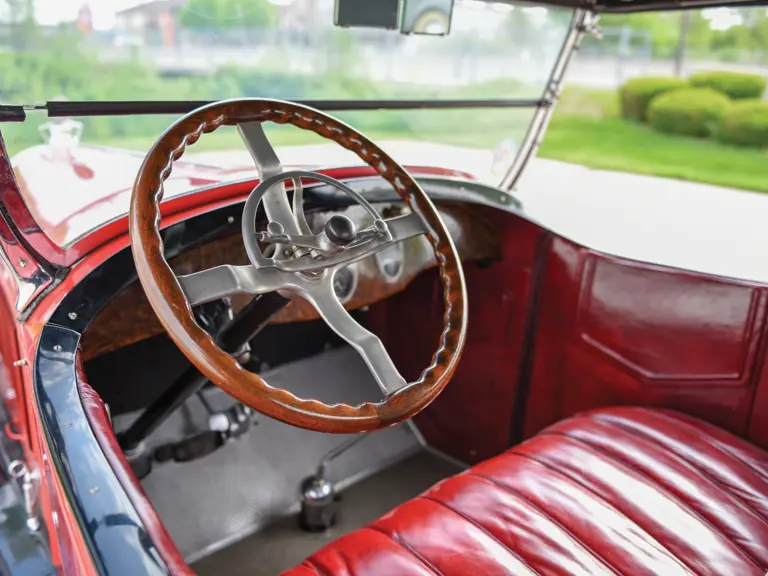
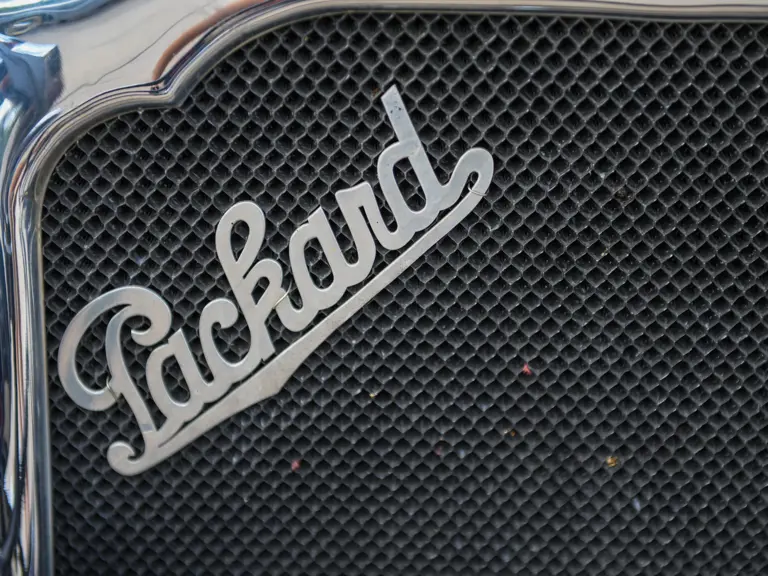
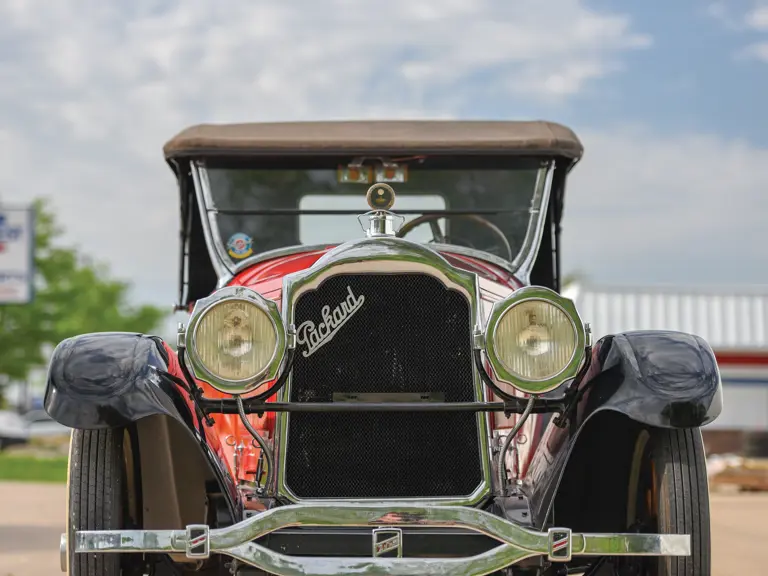
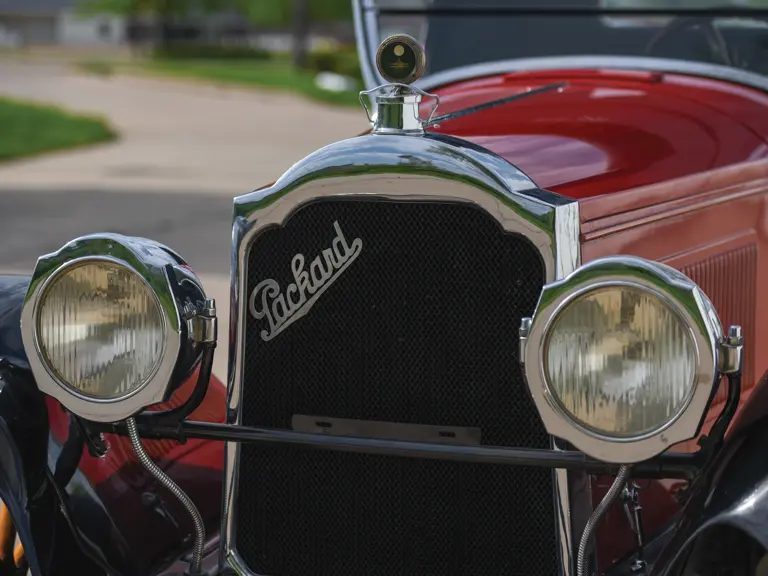
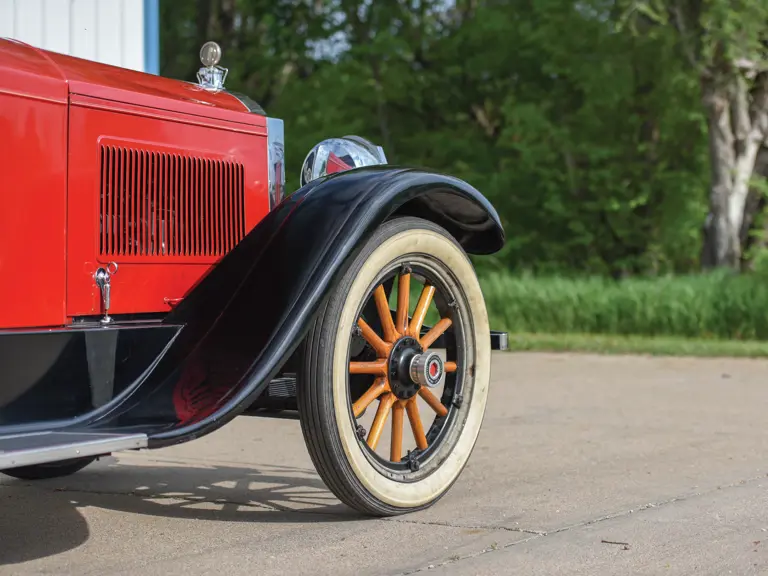
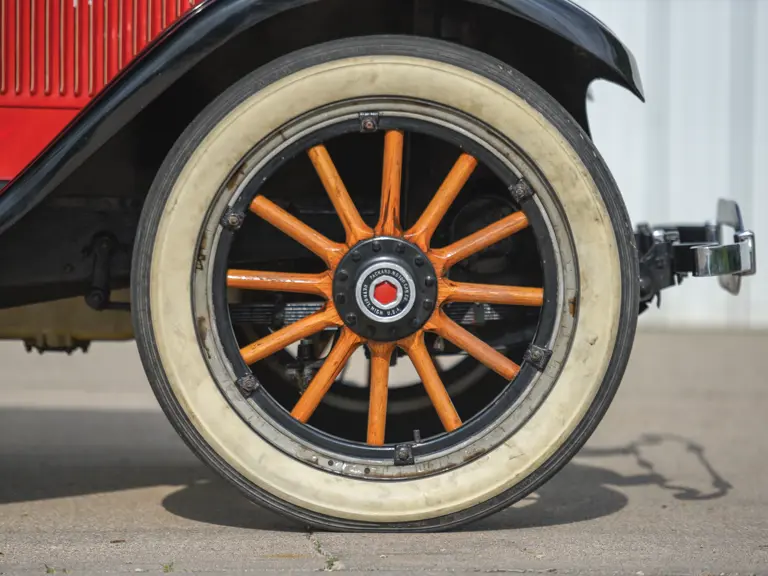
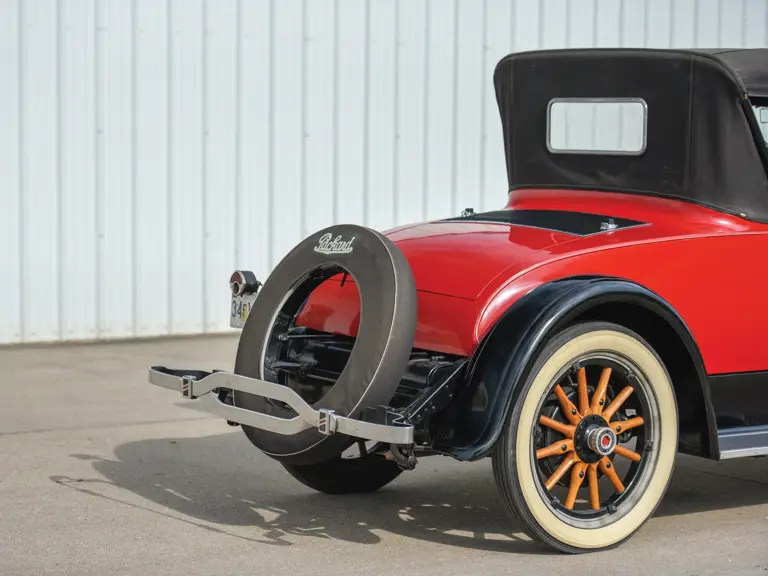
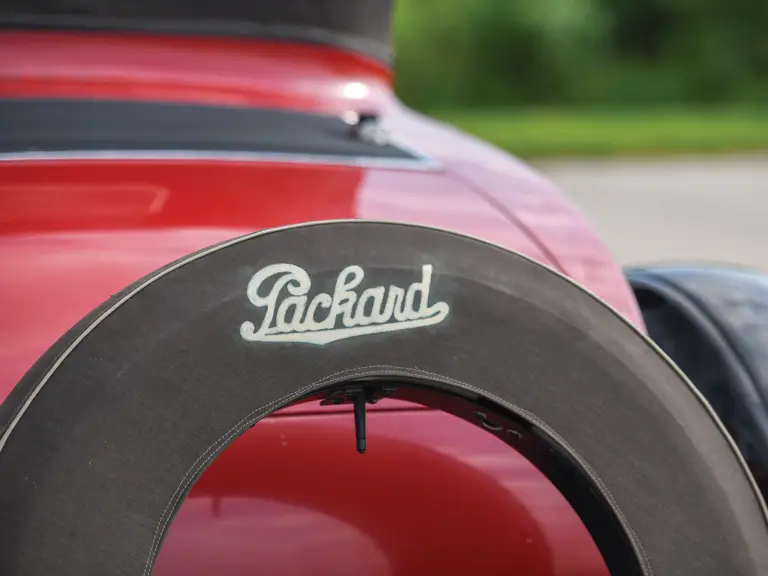

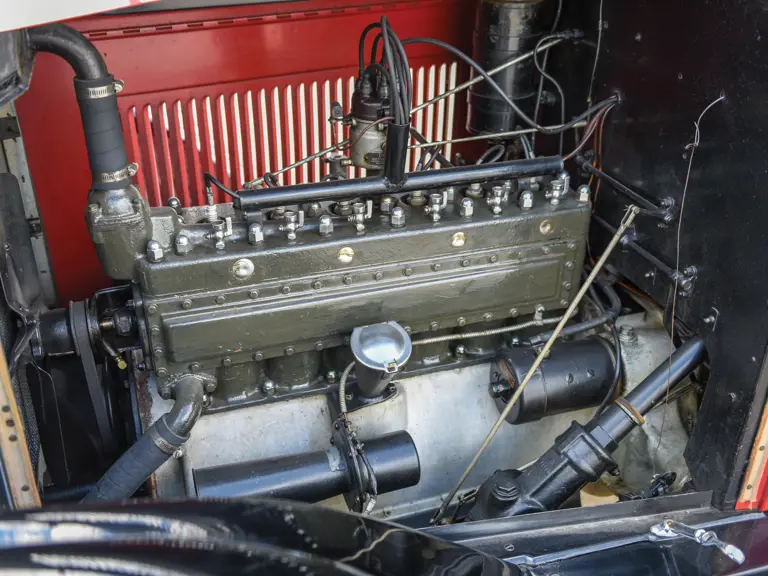
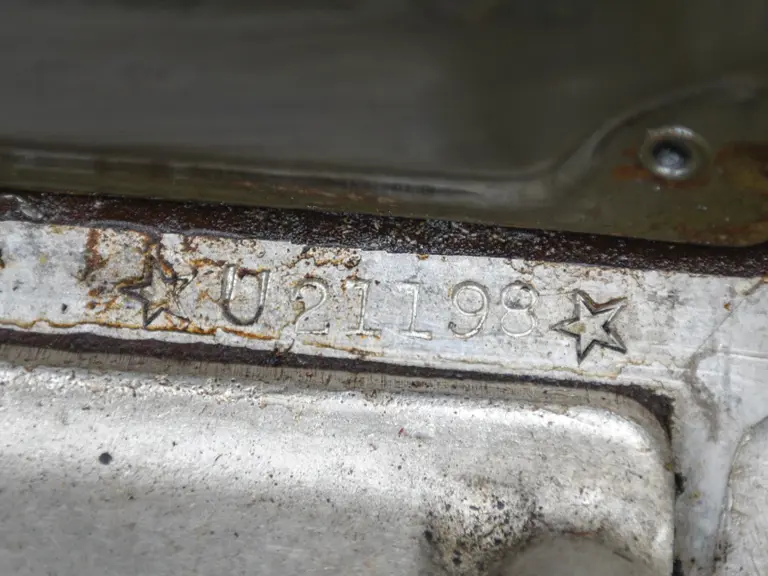

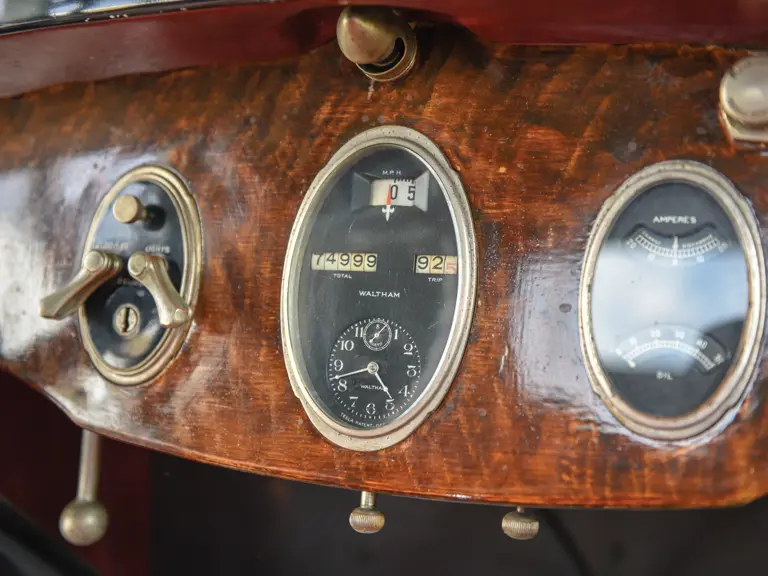
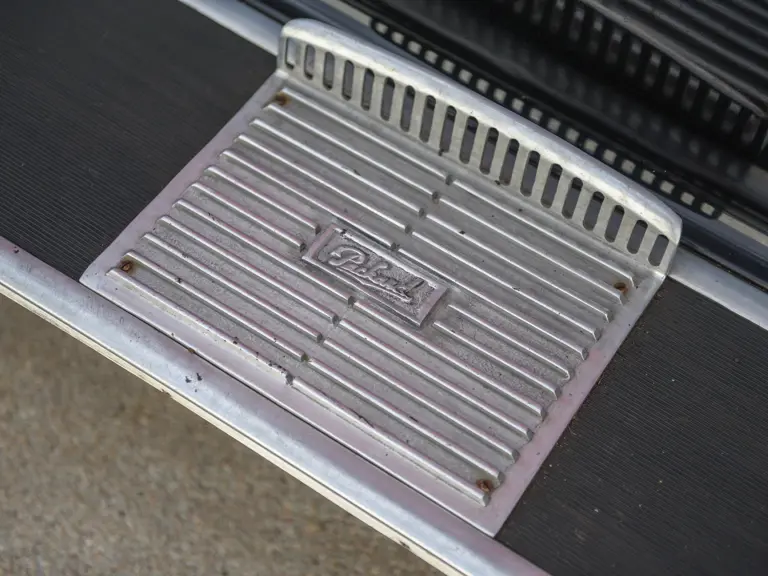
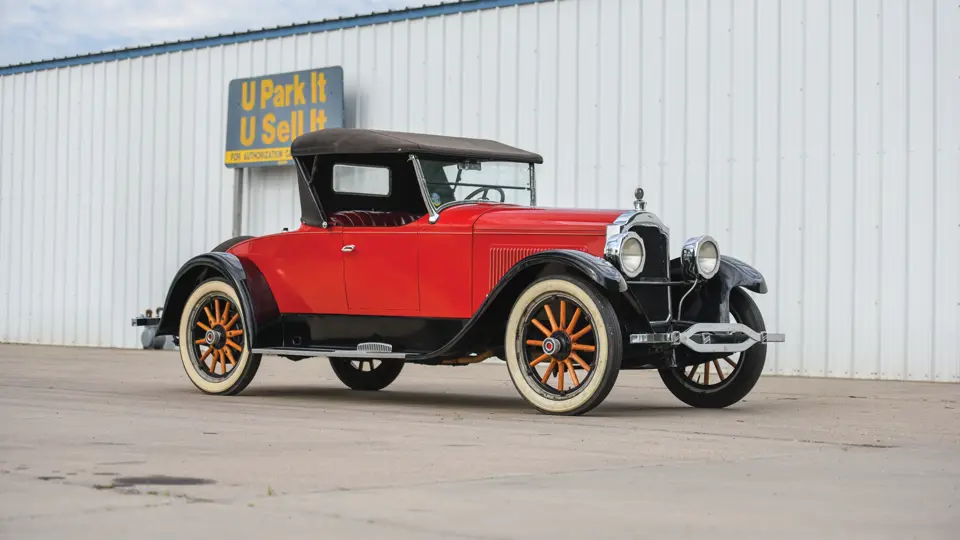
 | Hershey, Pennsylvania
| Hershey, Pennsylvania
